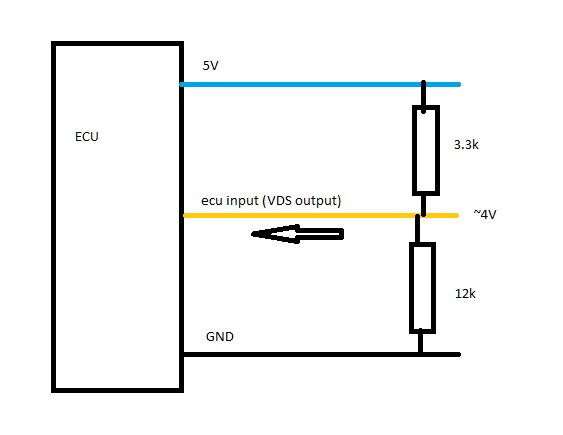Hi guys,
Yesterday my bike (V650 2014) died on me while riding and now it doesn't want to start again. Well it starts but cuts out after a few seconds.
I checked the fueling, ignition coils and battery. All are fine.
The only thing that influences is if I disconnect the vehicle down sensor. My fuel pump cycles longer while the sensor is disconnected and the bike runs 5 seconds when it's disconnected.
When I connect it again, the bike won't start up again.
Is the sensor at fault? Or should I look somewhere else?
Yesterday my bike (V650 2014) died on me while riding and now it doesn't want to start again. Well it starts but cuts out after a few seconds.
I checked the fueling, ignition coils and battery. All are fine.
The only thing that influences is if I disconnect the vehicle down sensor. My fuel pump cycles longer while the sensor is disconnected and the bike runs 5 seconds when it's disconnected.
When I connect it again, the bike won't start up again.
Is the sensor at fault? Or should I look somewhere else?















